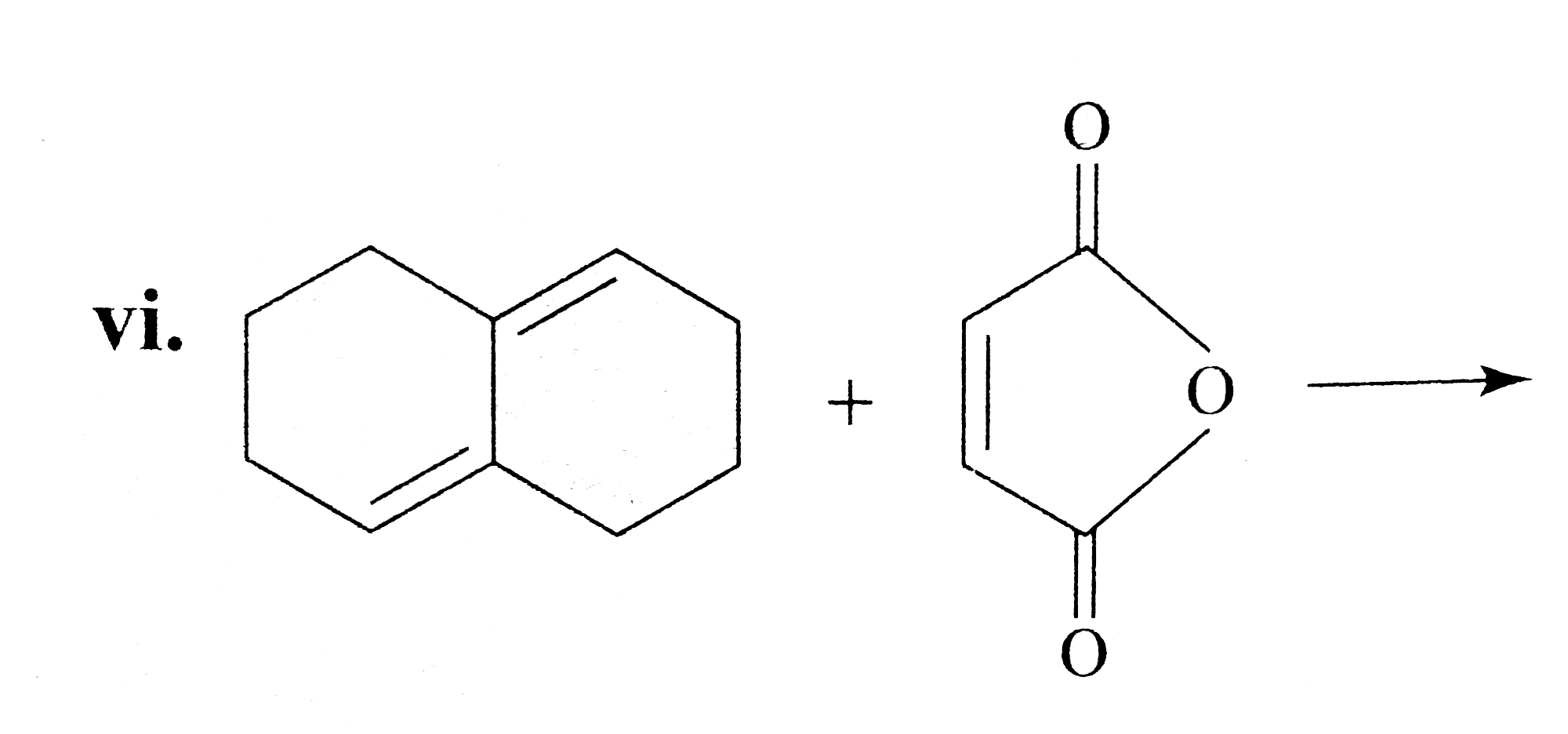The electrophile in halogentation of arenes is
(i). X2
(ii). X+
(iii). Xδ+….X….∂t−AIX3
(iv). X
A
(i) or (iv)
B
(ii) or (iii)
C
(i)
D
(iv)
Video Solution
Text Solution
The correct Answer is:2

The electrophile is either positive halogen or Lewis acid complex.
AlX−4 acts as the base in the second step.
|
Topper's Solved these Questions
- AROMATIC HYDROCARBONSBOOK - R SHARMACHAPTER - AROMATIC HYDROCARBONSEXERCISE - Follow up Test 7
7 Videos
- AROMATIC HYDROCARBONSBOOK - R SHARMACHAPTER - AROMATIC HYDROCARBONSEXERCISE - Question Bank
51 Videos
- AROMATIC HYDROCARBONSBOOK - R SHARMACHAPTER - AROMATIC HYDROCARBONSEXERCISE - Follow up Test 5
11 Videos
- ALKYNESBOOK - R SHARMACHAPTER - ALKYNESEXERCISE - Archives
42 Videos
- CHEMICAL BONDINGBOOK - R SHARMACHAPTER - CHEMICAL BONDINGEXERCISE - Archives
73 Videos
Similar Questions
Knowledge Check
Which of the following are the solutions of 2x2−5x−3=0?
(i) x=2
(ii) x=3
(iii) x=−12Aonly (i)B(i) and (ii)C(ii) and (iii)D(i) , (ii) and (iii)
Find the derivatives of
(i) x9 , (ii) x−3 , (iii)3√x , (iv) 1√x
View SolutionComplete the following reaction : i.

ii.
iii.
iv.
v.
vi
vii.
viii
ix.
x.
View SolutionFind the middle term in the expansion of :
(i) 3+x)6 (ii)(x3+3y)8
(iii) (xa−ax)10 (iv) (x2−2x)10
View SolutionThe representation of Highway Underpass whose one zero is 6 and sum of the zeroes is 0, is
(i) x2-6x+2
(ii)x2-36
(iii)x2−6
(iv) x2−3
View SolutionFind the derivative (i) x1/3 (ii) 2x3/2 (iii) 3x−1/4
View SolutionFind the second derivative of :
(i)x11 (ii)5x (iii)tanx (iv)cos−1x
View SolutionFind the range of the following
(i) f(x)=x2 (ii) f(x)=x
(iii) f(x)=x2+2 (iv) f(x)=x3
View Solution
